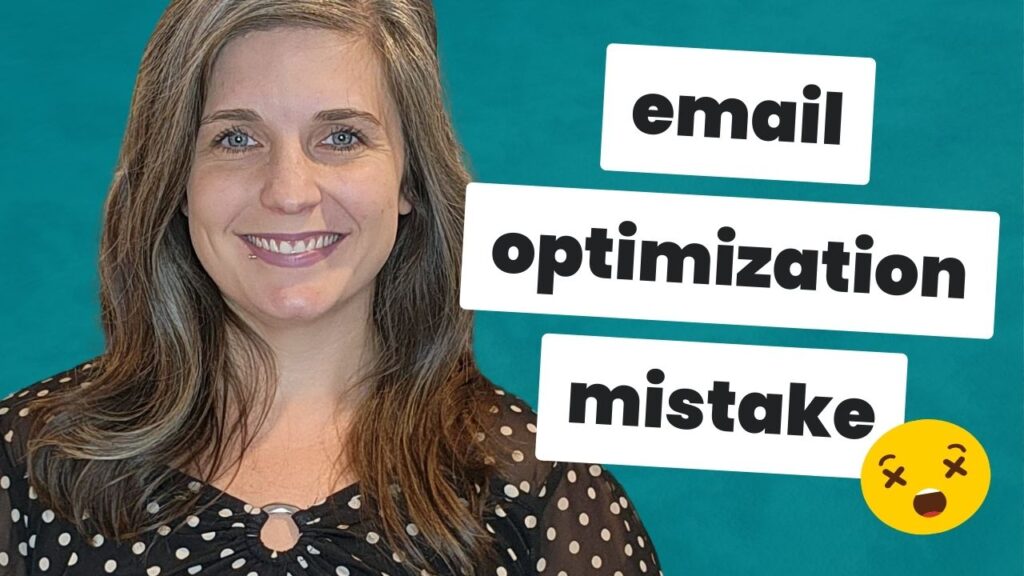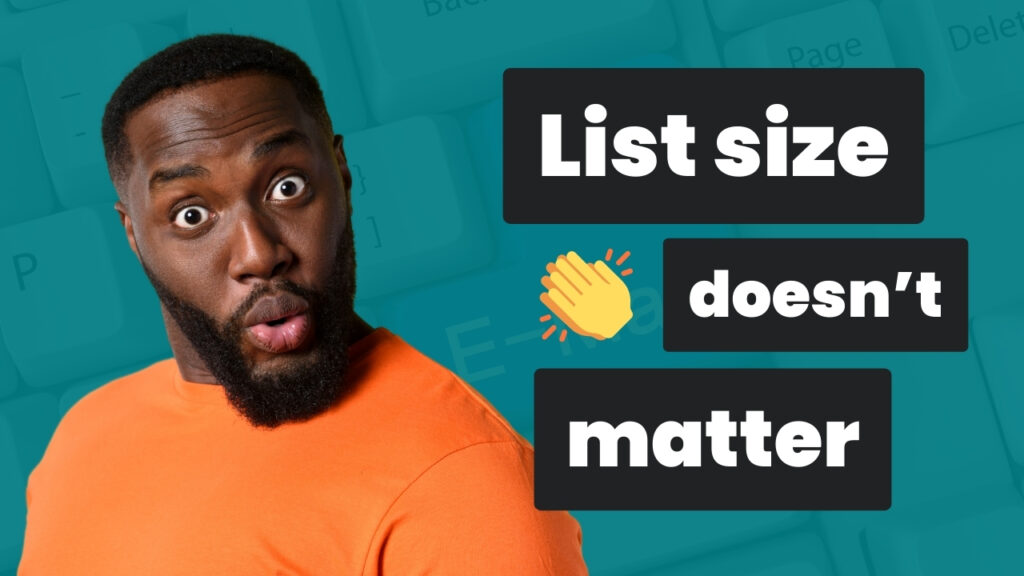Creating a highly desirable offer is essential if you want to win in your market. Most people focus on the nuts and bolts (aka the features and benefits) and ignore the deeply emotional factors (called psychographics) that influence how potential customers perceive value.
Truth is, value isn’t static. It’s subjective.
That’s why layering in psychographics (like personal values and preferences) can instantly boost your offer’s perceived value and help you stand out from competitors as the preferred choice.
TRANSCRIPT:
I’m currently reading $100 million offers by Alex Hermos and I just got to the part of the book where he compares meditation and Xanax using the criteria that he outlines for a grand slam offer.
Now, he argues that according to that criteria Xanax is actually the stronger offer because it’s easier, can just take a pill, it’s faster acting, effects in 10 minutes, it’s easier to integrate into your life versus like sitting down every day and having to spend 10-15 minutes on meditation and that overall it’s just a lot less work. There’s a higher perceived success rate for Xanax versus meditation.
I would argue that there is something missing from this conversation.
As a copywriter and someone who regularly investigates the conversion context and looks at all the factors for why people make purchasing decisions, I know that people are not usually comparing just nuts and bolts.
As humans, we have different worldviews, mindsets, past experiences that influence how we think about things, beliefs, values, preferences, and all those play a role in how we evaluate pretty much everything, including products and services.
So, for this example, if I were selling the meditation offer, I would want to position myself to the segment of the market who either has the value that they don’t want to be reliant on medication and maybe even the segment of the market that is tired of being reliant on medication and who value more alternative holistic approaches.
Because if you’re talking to that person, it’s no longer an apples-to-apples conversation.
Because it’s likely that Xanax is not even a viable solution. They don’t even want that, even if it would be easier and faster, because those values, perspectives, and preferences influence how they view products and services and what is a viable solution and not a viable solution for them.
$100 million offers is a great book, I’m not arguing that. I’m very much enjoying it.
I still like the model. I think the model is useful when you’re putting together an offer or optimizing an existing one.
I just don’t want you to forget to consider the psychographic factors at play, because you may find that that will influence your offer and even who your competitors are and what segment of the market would be the best fit for the offer that you actually want to sell.


